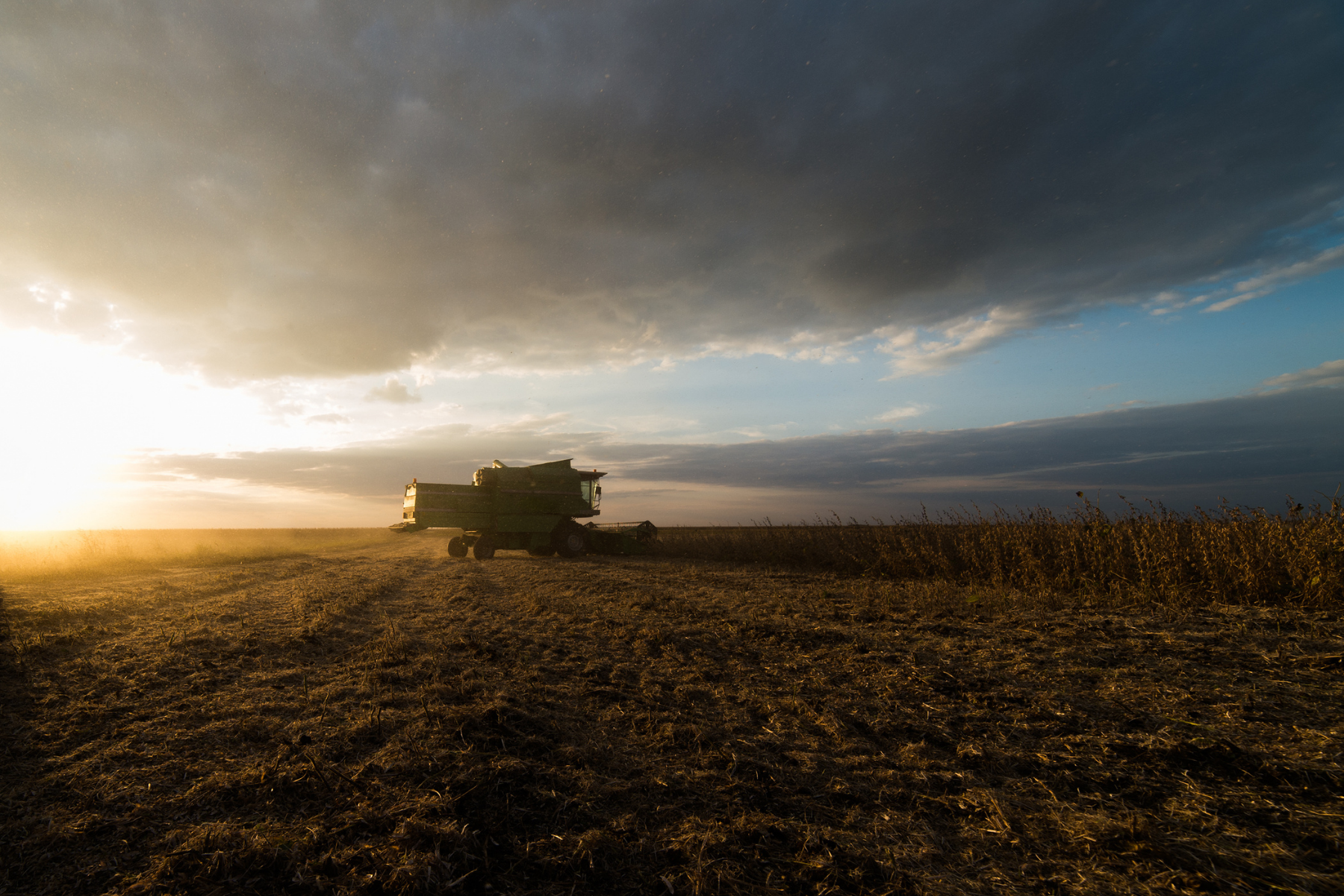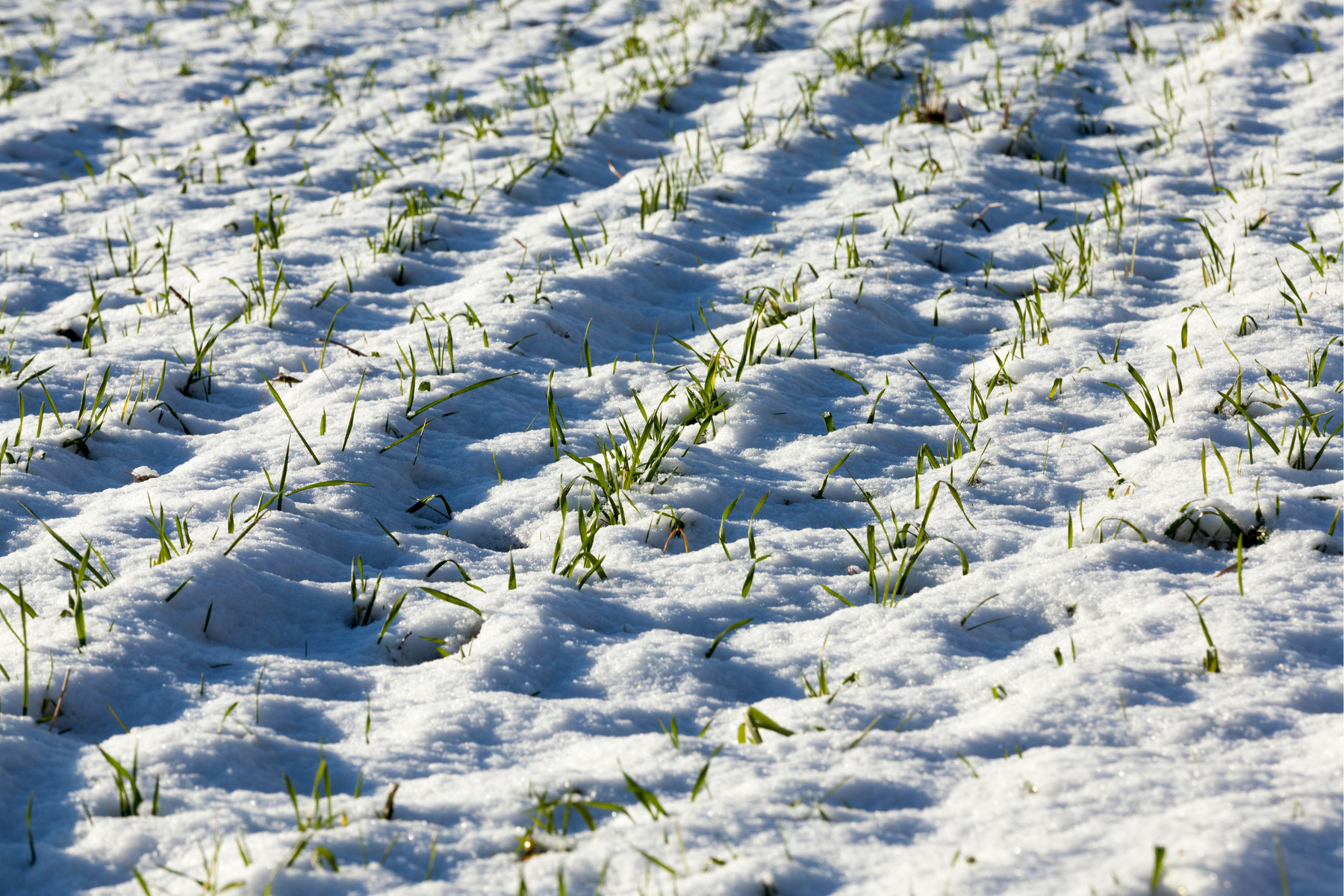Once the harvest season wraps up, it’s crucial to shift your focus to fall crop management and weed control strategies. How you manage your fields now can greatly influence the success of your crops in the coming year. To help you get a head start, here are some expert tips for post-harvest field preparation.
1. Soil Testing and Nutrient Management
After harvest, it’s the perfect time to conduct soil testing. This will provide a clear understanding of your soil’s nutrient profile and pH levels, allowing you to make informed decisions about nutrient management for the next growing season. Soil testing helps identify nutrient deficiencies that can be corrected with fall applications of lime, phosphorus, potassium, or other nutrients.
Tip: Consider applying lime in the fall to adjust soil pH levels. Lime takes time to break down and affect soil pH, making the fall an ideal time for application.
2. Residue Management
Residue from your harvested crops can either benefit or hinder your next planting. Proper management of crop residues, such as cornstalks or soybean stubble, can improve soil organic matter, reduce erosion, and contribute to soil health. However, excessive residue can create challenges in planting the next crop and may harbor pests.
Tip: Depending on your crop rotation, consider either incorporating residues into the soil or leaving them on the surface to provide ground cover during the winter months.
3. Cover Cropping
Cover crops are a valuable tool in fall crop management. They help prevent soil erosion, improve soil structure, and suppress weed growth. Choosing the right cover crop for your field can also help fix nitrogen or add organic matter to the soil.
Tip: Select cover crops that match your management goals. For instance, legumes like clover or vetch can fix nitrogen, while grasses like rye can provide excellent ground cover and suppress weeds. Consider Sylvite’s new Versa Blend cover crop mix— an all-in-one solution designed for versatility and reliability, available at your local Sylvite branch. Whether used for organic matter enrichment, weed suppression, or nitrogen fixation, this blend ensures consistent performance across various crop systems.
4. Fall Weed Control
Post-harvest is an optimal time for managing weeds that may have escaped during the growing season. Weeds that are left unchecked can set seed and create problems for next year’s crop. Fall is an ideal time to target perennial weeds such as dandelion, Canada thistle, and quackgrass.
Chemical Control: A fall application of herbicides can be particularly effective against perennial weeds. As these weeds prepare for winter, they transport nutrients to their roots, making them more susceptible to systemic herbicides. Glyphosate, 2,4-D, and dicamba are commonly used herbicides in fall weed control. Always ensure the herbicides you choose are appropriate for the specific weeds in your field and consider the crop rotation plans for the following year.
Cultural Control: In addition to chemical control, incorporating cultural practices like tillage can help disrupt weed growth. However, over-tilling can lead to soil erosion, so it’s essential to balance tillage practices with the need to preserve soil structure.
Tip: Timing is crucial for fall herbicide applications. Target weeds when they are still green and actively growing, usually after the first frost but before the ground freezes.
5. Post-Harvest Field Assessments
Walking your fields after harvest is crucial to identifying issues that could impact next year’s crop. Look for signs of soil compaction, drainage problems, and weed infestations. Addressing these issues in the fall can save you time and money during the spring planting season.
Tip: Use post-harvest assessments to plan for any necessary field repairs, such as tile drainage installation or compaction alleviation, so that your fields are in optimal condition for planting.
6. Equipment Maintenance
Fall is also the time to clean and maintain your equipment. Ensuring that your machinery is in good working order will reduce downtime during the busy planting season. Clean combines, planters, and sprayers to remove any residue that could harbor pests or disease.
Tip: After maintenance, store your equipment properly to prevent rust and other damage during the winter months.
7. Planning for Next Year
Finally, fall is a great time to review your management plans for the next growing season. Use the information gathered from soil tests, field assessments, and equipment checks to make decisions about crop rotation, planting schedules, and input needs.
Tip: Collaborate with your Sylvite agronomist or crop advisor to develop a comprehensive plan that addresses any challenges identified during the post-harvest period.
By taking these steps in the fall, you set the stage for a successful planting season next year. Proper fall crop management and weed control can enhance soil health, reduce pest pressure, and optimize nutrient availability, leading to better yields and higher profitability. If you have any questions or need further assistance with your fall field management, don’t hesitate to reach out to your Sylvite Agri-Services representative.




